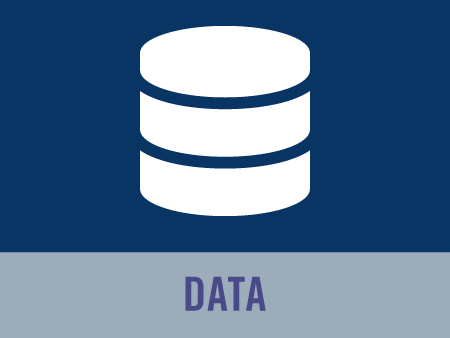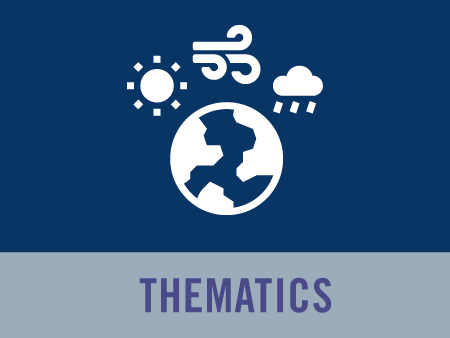Ocean Satellites missions
Oceanography from space is a young science, the first ocean observation satellite having being launched in the late 70s. Since then, an increasing number of missions have been launched, from exploration to a new era of systematic operational monitoring of the ocean. This section gives an overview of the main missions which have paved the way of this 30 years adventure we have contributed to, until the anticipated future missions on which we are already working.
Polar orbiting satellitesThe orbits of these satellites carries them within a few degrees of the Earth's poles, and they complete around 15 orbits a day (approximately one every 100 minutes). The satellite measures a swath of the earth's surface below it as it travels. Due to the relatively low orbit of these satellites, data is usually of high spatial resolution. However, the temporal resolution of these satellites is dependent on their orbit and sensor characteristics. Satellites such as Envisat have a 35 day repeat cycle - the time taken to re-visit the same spot above the earth's surface. The time taken to make a repeat measurement at a point on the earth's surface may be significantly reduced if the instrument has a wide swath width, or the point is at high latitude, where the orbit tracks are closer together. | Geostationary satellitesThe orbit of geostationary satellites is much higher - around 36,000 km. The satellite is positioned directly above the equator, and its speed is presicely matched the the speed of rotation of the Earth. The result is that the satellite stays in the same location relative to the earth's surface. The satellite can continuously monitor a large area, and a few well placed satellites can cover a large part of the earth's surface. The major disadvantages are that higher latitudes are not well observed, and the higher orbit leads to lower spatial resolution. |










